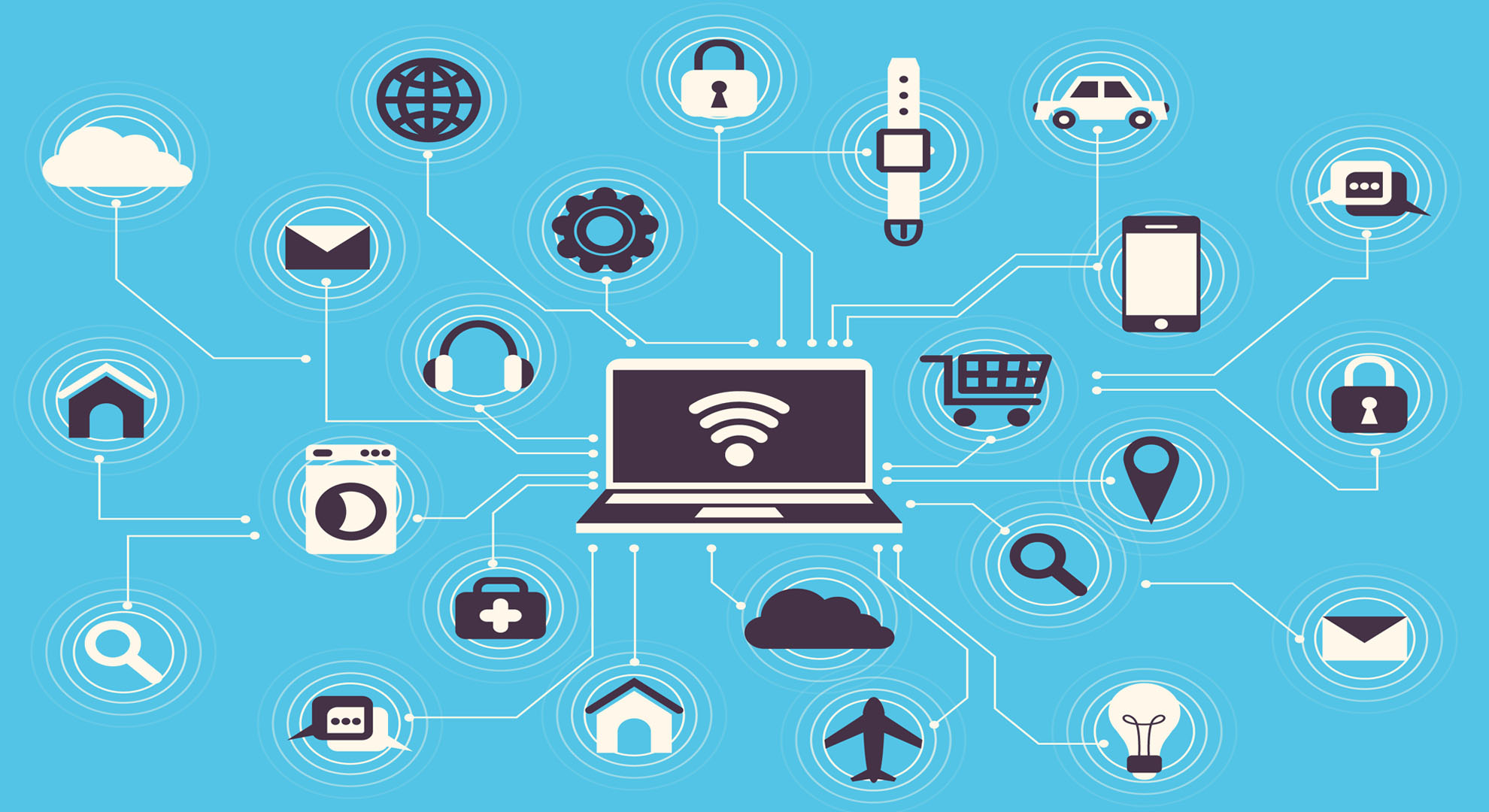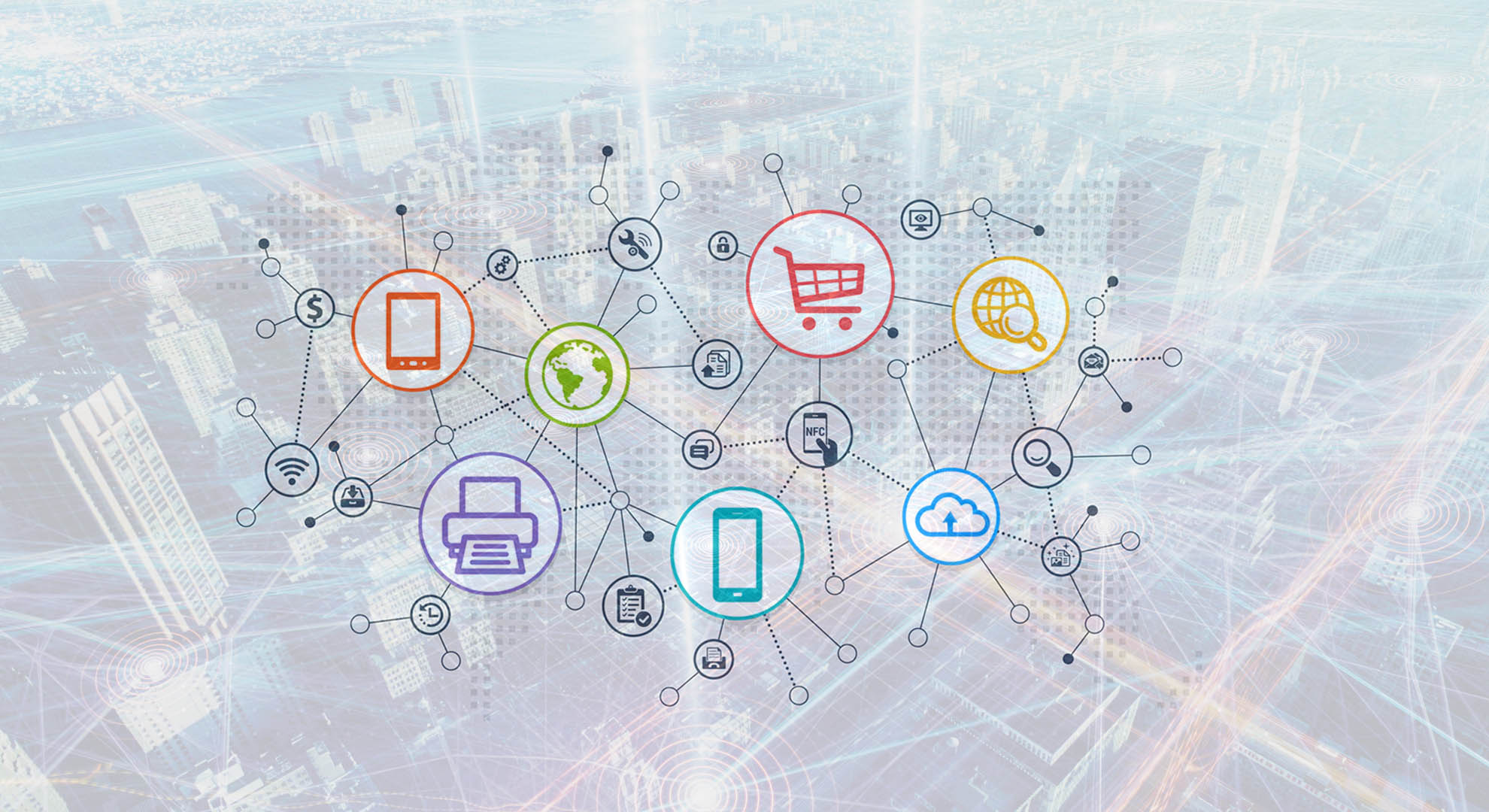Big data market is booming – and the latest statistics endorse this. A recent report on the industry trends predicts that the big data market, which was $1.7 billion in 2016, will surge to $9.4 billion by 2020.
There is no denying the fact that with the growth in size, companies are faced up with a huge challenge of managing their data. 2016 was a land
mark year for big data as the number of companies shifting towards it soared higher, and a big transition is expected in 2017 as well.
According to IDC, that worldwide revenues for big data and analytics will grow from $130.1 billion in 2016 to over $203 billion in 2020. With banking industry taking the lead so far, it is projected that manufacturing, federal government, banking and professional services will account for about 50% of the overall spending in big data this year.
If we look at the year ahead, analysts predict a bigger hype in both – structured and unstructured data markets. There will be a huge market demand for platforms that facilitate data keepers oversee and secure their information while also assisting the end-users to analyze the data.
In the quest to find out more about data, cloud, and analytics, we reached out our engineers and research teams – who provided the following list of predictions.
1. Big Data in the Cloud
In 2016, despite resistance by a segment (apparently due to misconceptions about security, privacy & revenue) cloud saw a huge rise adoption rate. Being faster, cheaper and reliable, cloud attracted more users to test the big data environments, majorly from Greenfield projects like building new applications.
In 2017, it is likely to continue as hybrid and cloud-first architectures since they have matured. It is also expected that there will be freeing of segments of data to the cloud in real time.
2. Streaming & IoT becomes Reality
As seen in the case of cloud, more companies are moving towards testing and building infrastructures for streaming data and Internet of Things. Technology has been the main driver to use in most of the cases for Internet of Things and Streaming.
A number of smart devices were the mainstream in 2016 – from smart homes to smart devices and fitness gears. The devices hyped the demand for the companies to stream data and technologies such as Flume, Spark, and Kafka, turning the streaming into data-lake a reality.
After moving into 2017, more of these devices will be seen in the marketplace to fulfill the need of the companies, in order to stream data with low latency and at high volumes into their data lakes.
3. Maturing of Big Data Market
The big data matured in 2016 and many companies shifted to full big data. The companies moved to the full data production as an alternative to big data being a test project. The enterprises have moved from traditional data architecture to big data environments. The information of how much data is created every day is really surprising. So it does need some management too.
Big data is now a valuable and integral part of many organizations’ decision process. In 2017, the dependency on big data will need strict governance, lineage and Data Lifecycle Management growth.
4. Increase in Use of Hadoop and Spark
Hadoop is a popular Java-based programming platform used to store and process huge data stacks. As Hadoop and Spark become part of the big data, it is likely to expect that consumers will demand comprehensive Big Data Solutions in 2017.
As of 2016, a number of companies have observed Hadoop and Spark to be unstable. However, they are going to play a role in running multitude of apps and become the foundation of the companies’ big data initiatives.
On the supplier side, it is expected to see a number of companies selling prebuilt big data solutions, catering to a variety of needs, while providing stable high performance, ability to anticipate and forestall performance issues before they arise.
5. Stronger Admin of Data Security Permissions
In 2017, companies will rationalize data access permission to make sure that each user has the correct access authorization. It will likely include creating or revising Data Access Authorization policies and devising technology that computer and identifies potential data exfiltration (the process through which users can copy, retrieve or transfer data without authorization) by users.
6. Analytics Sets New Limits
The majority of companies view data as the real worth that lies in the ability to analyze, interpret and filter it. According to Forrester Research, only 12% of the companies are analyzing the data they have.
Moreover, adoption of technology to endlessly analyze the stream of events continues to speed up as it is applied to IoT analytics. IDC predicts it to grow at a five-year compound annual growth rate of 30%.
Optimizing procedures and IT operations to bring improved business output is the key. Enterprises have to focus on what information is useful and what can be ignored. Companies can take advantage of analytics of idle and used data to interact with customers and revenue trends while reducing the cost of data processing.
Analytics will continue to have a massive effect in most of the industries including e-commerce, financial services, retail, and healthcare. Essentially, it’s the pace at which companies can evaluate and react – that will decide the true meaning or difference between success and failure.
Conclusion
The year 2017 would be a year of year of intelligence. Each industry will have its own eco-system data resources or an industry-specific cloud-based environment, which would reduce the cost, drive consistency and evolve human interests more efficiently.








